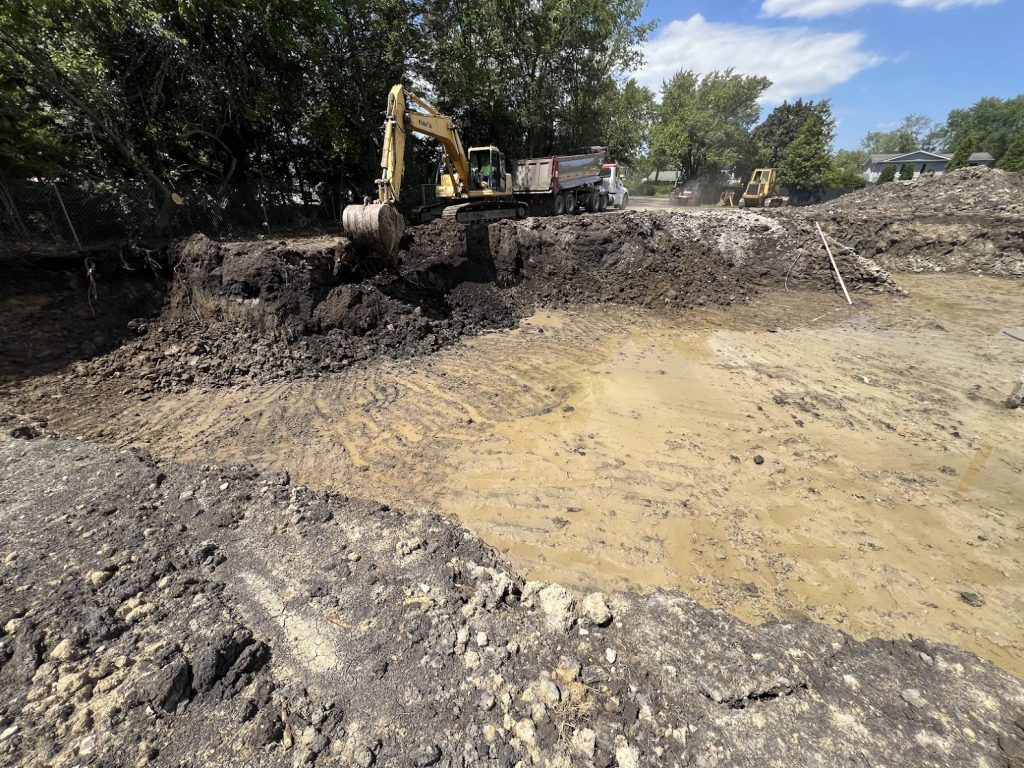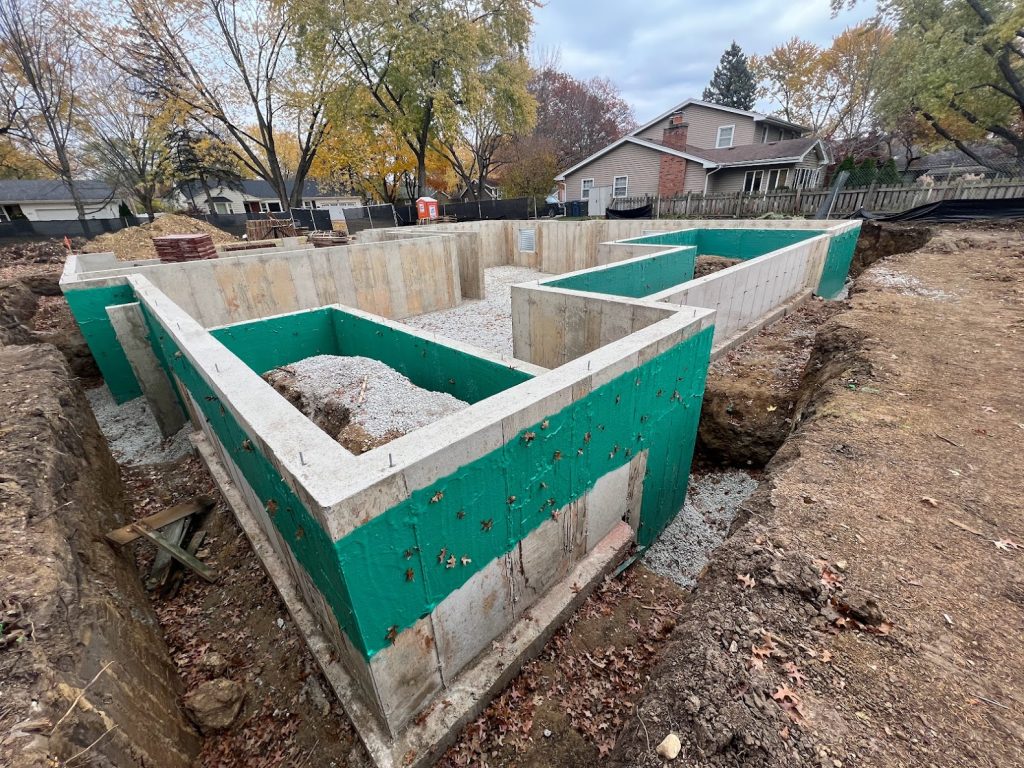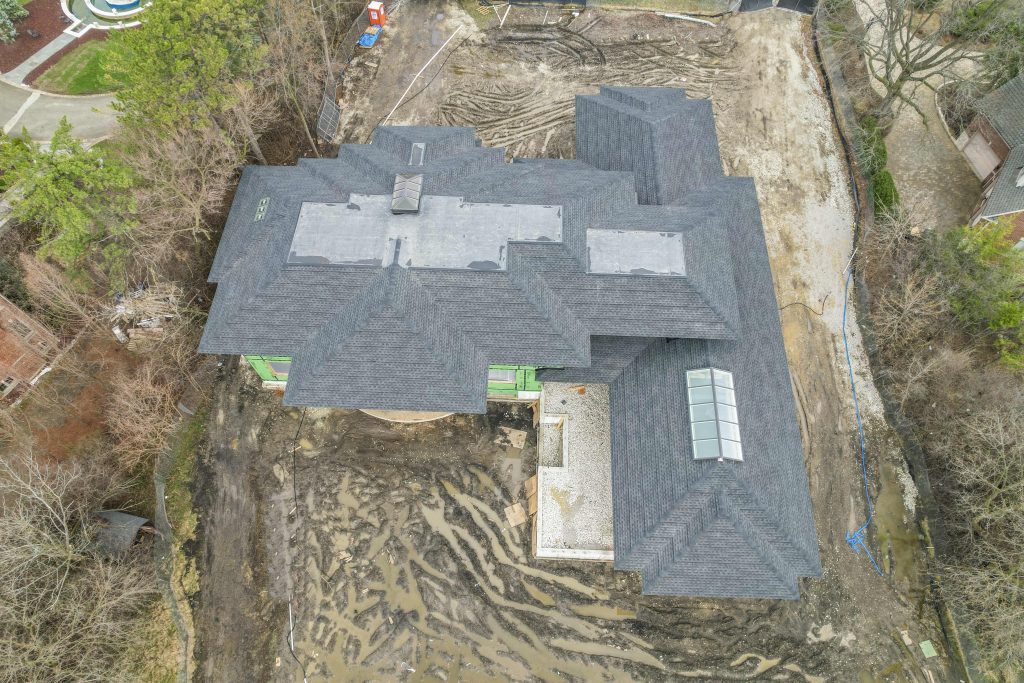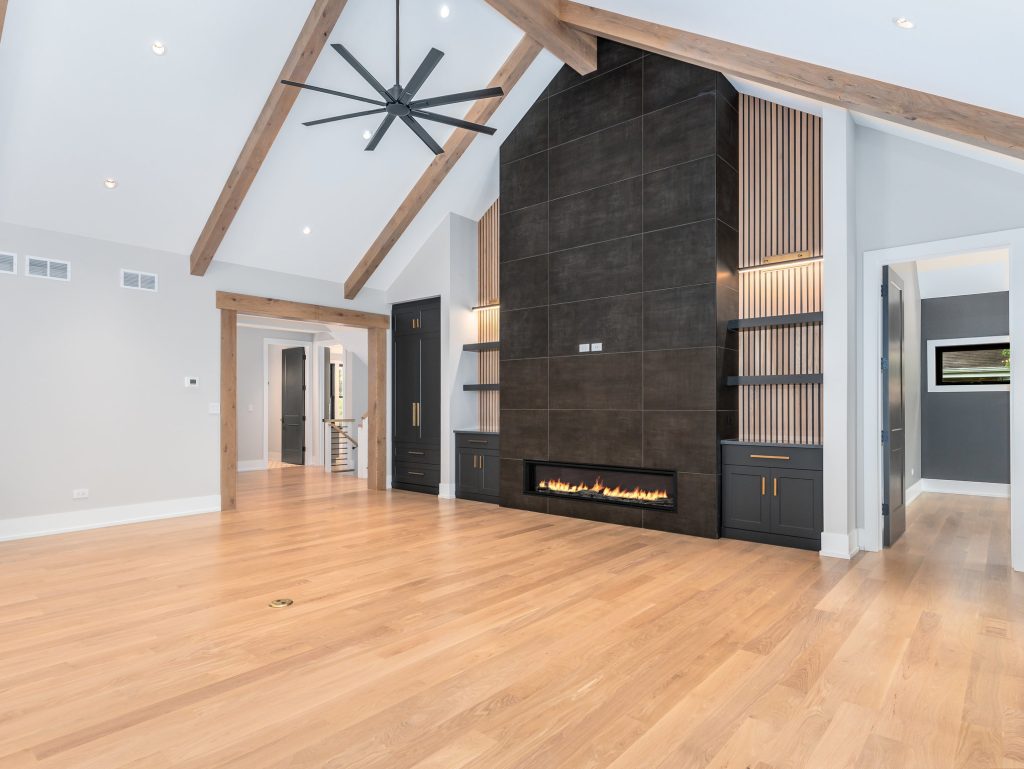When you’re considering building a custom home, one of the first decisions you’ll make is the style of home that fits your needs—ranch or two-story. What many people don’t realize is that a ranch home, while often perceived as simpler or more accessible, can actually cost significantly more to build than a two-story home. Why is that?
Let’s break it down into three key components: excavation, concrete, and roofing.
1. Excavation: Twice the Hole, Twice the Cost

A ranch home typically has a larger footprint than a two-story home with the same square footage. When I talk to clients, I often explain that for a ranch, we’re digging a hole for twice the size of a two-story home. That means more excavation work, more machinery time, and more labor hours—all of which add up fast.
2. Concrete: A Bigger Base Means a Bigger Bill

With a larger footprint comes the need for more foundation materials. More square footage at ground level means more concrete for footings, foundation walls, and slabs. It’s not just about the size—it’s about the cost per square foot of what’s underneath your home. A larger base = more money.
3. Roofing: Spanning More Space

Once the home is framed, the ranch design requires significantly more roof coverage than a two-story counterpart. That translates to more plywood, roofing shingles, trusses, and framing materials. A ranch roof must span the full footprint of the home, making it one of the most costly line items in your build.
Don’t Forget: Bigger Footprint = Bigger Lot
Another overlooked factor is the lot size. Ranch homes often require larger, wider lots to accommodate their one-level layout. That can further impact your overall budget—especially in desirable areas where land costs are already high.
So What? Why Should You Care?

Most builders quote based on price per square foot—but those numbers can be misleading if you haven’t clearly defined the style of home you want to build. If you’re comparing a ranch to a two-story on a dollar-per-foot basis, your analysis could be way off. A good rule of thumb? Add $50–$75 per square foot to the base cost when planning for a ranch.
And while we haven’t even touched on the difference between finished and unfinished basements (that’s a conversation for another blog), it’s important to understand how those details drastically affect the true value and cost of your home.
Why This Matters Now
With construction costs still running high, every decision counts. The more informed you are about what drives the price of your custom home, the more confident you’ll be when it comes time to find a lot, choose a layout, and set a realistic budget.
What’s Next?
If you’ve made it this far, chances are you’re seriously considering your options. Let’s connect! We’d love to help you explore what type of home works best for you and your family—and build a plan that fits both your vision and your budget.
Give us a call today and let’s start designing your future home, the right way.




